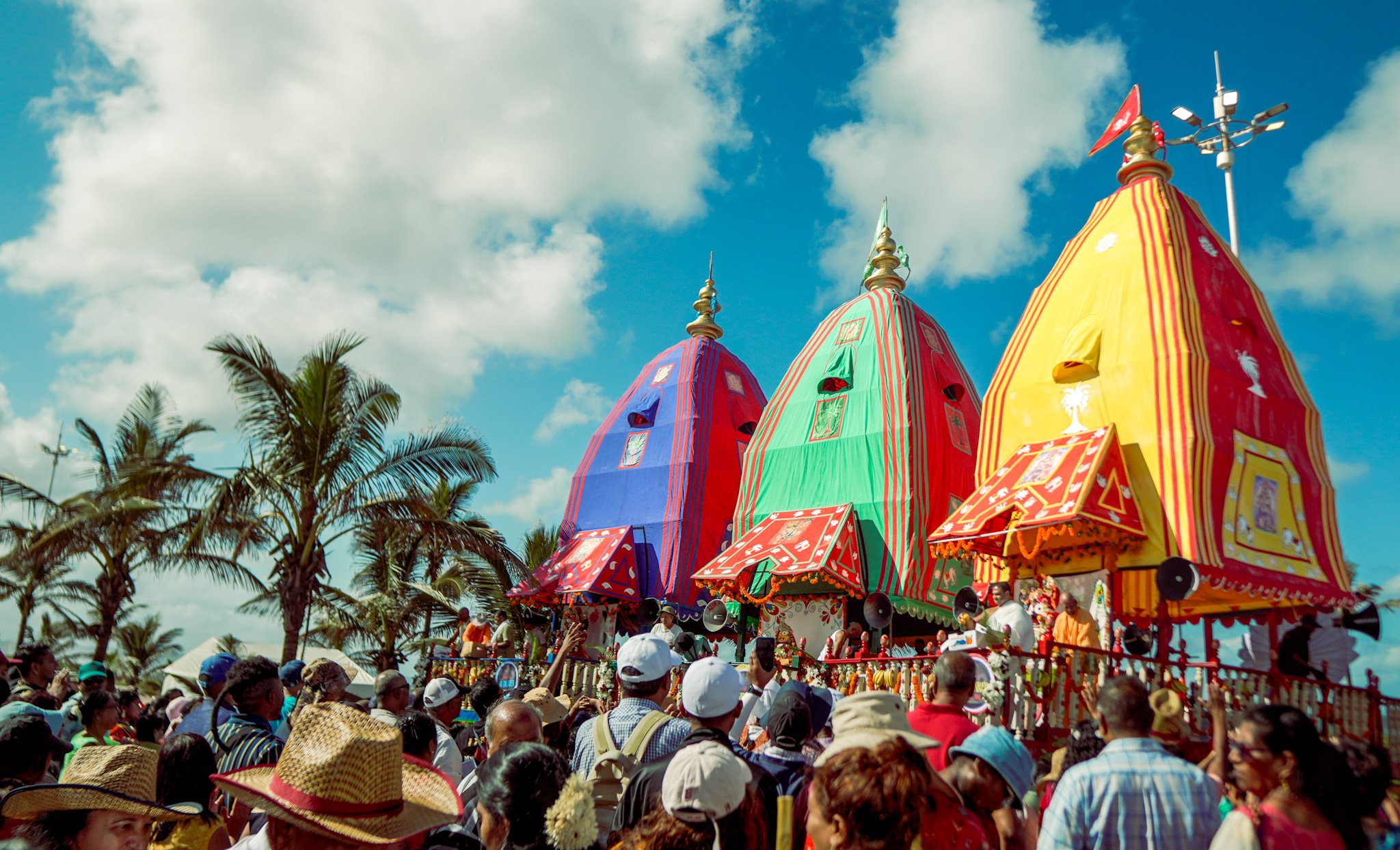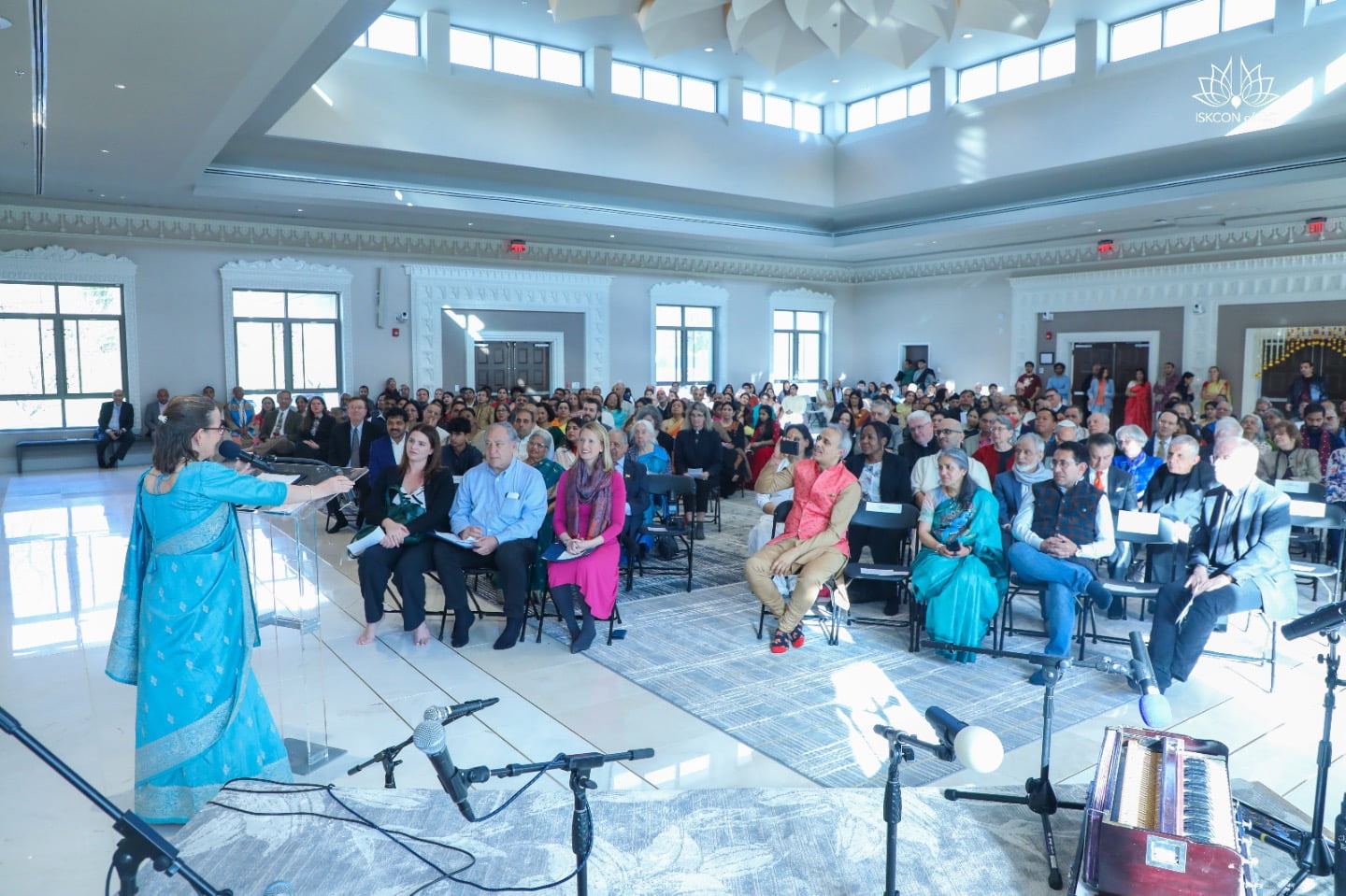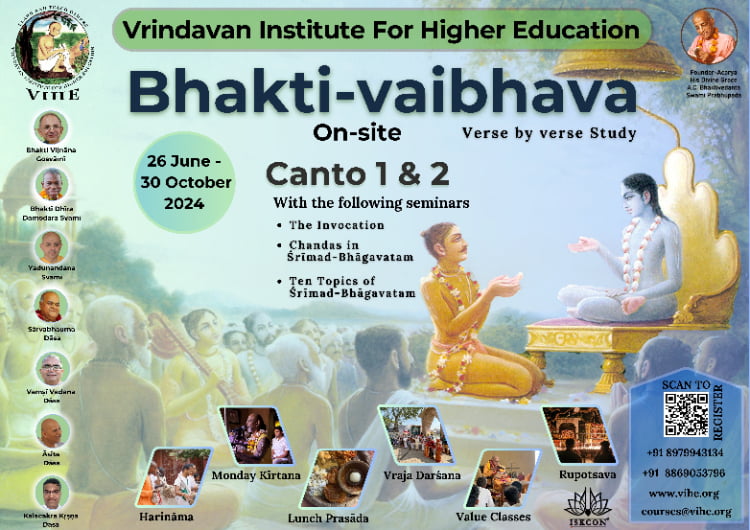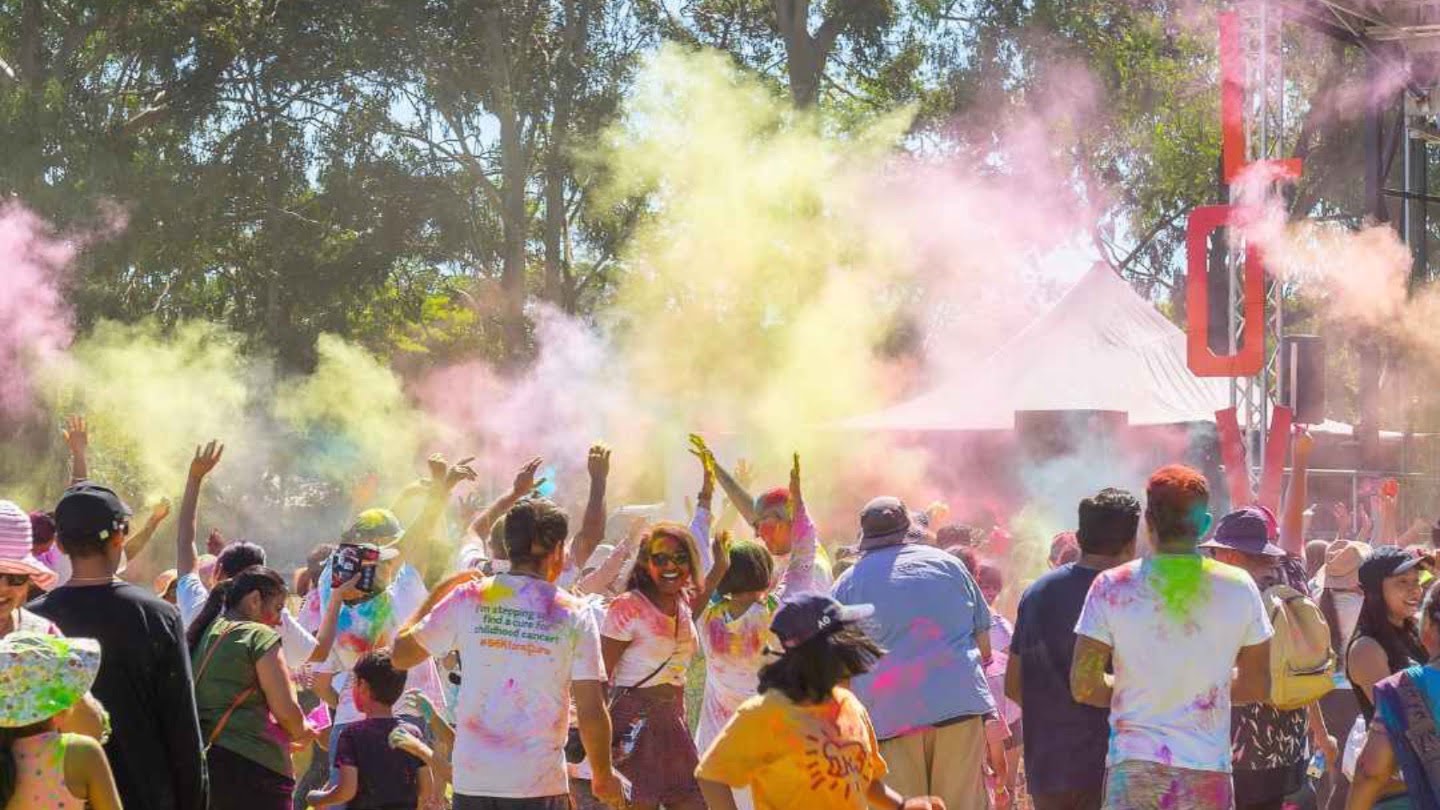A Statement on Child Protection within ISKCON
By Anuttama Dasa, ISKCON Minister of Communications | Jun 06, 2016
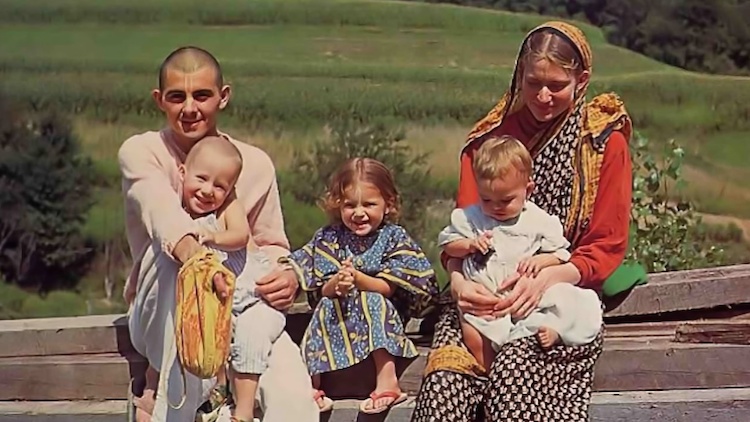
Released by the ISKCON Communications Office Approved by the GBC Executive Committee June 4, 2016.
The one-hour film “Cost of Silence,” that was released on Nrisimha Caturdasi, raises serious questions for the ISKCON society and its leadership in regards to child abuse and child protection, as well as the authority and effectiveness of the ISKCON Child Protection Office. These are important questions and deserve thoughtful reflection and an energetic response.
We appreciate that such issues were raised and are of concern to the film’s creator Sanaka prabhu. At the same time, we must point out that the film is not a balanced presentation on these issues due to many errors, exaggerations, and other shortcomings.
This statement is an update on child protection in our society in light of this film. It is meant to provide an overview of child protection in ISKCON, the challenges we face in fighting against child abuse, and our continued steps to protect our children.
Child Protection Office
We wish to first reaffirm our full support of the ISKCON Child Protection Office.
Since 1998, the international Child Protection Office (CPO) has been actively working to protect children in ISKCON on a global scale. There are over 30 schools affiliated with ISKCON around the world and these schools are managed with dedication and skill with assistance from the CPO.
The CPO is not the “first stop” in abuse response. Our internal responses are always secondary to legal processes. Devotees are required by both ISKCON law and secular laws to report all allegations of abuse to local authorities including police and/or social welfare agencies.
There are two primary areas of focus for the CPO. One is to educate devotees, including children, parents, teachers, and other leaders about child protection. The second is to investigate reports of abuse and convene review panels. Review panels are composed of mature devotees trained in child protection who are charged, in the face of alleged abuse, to determine what actions should be taken to restrict an alleged abuser within ISKCON.
ISKCON is not a government and thus cannot determine if someone has committed a crime. But with the goal of protecting our children, we can restrict an individual’s participation in, or access to, our communities.
Depending on the severity of harm, restrictions put in place by CPO decisions may include prohibitions against teaching or interacting with children; mandating payments to children who have been harmed; mandating psychological testing; prohibitions against residing in ISKCON communities; and bans from visiting ISKCON communities.
CPO Procedures and Authority
CPO policies undergo a review and update every five years to ensure the CPO’s effectiveness. The first review in the early 2000s, for example, determined that the GBC has no authority over individual CPO decisions.
The current CPO policies that guide the activities of the CPO are available in full at
www.childprotectionoffice.org. We welcome ISKCON devotees to read and become familiar with them.
We believe the CPO processes are good ones. For example per CPO guidelines:
1. Just as the judiciary is an independent organ of the government yet is established and maintained by the government, the CPO is an independent function within ISKCON, with overall policies established by the GBC. This is good, reasonable, and balanced governance.
2. The GBC Body selects the Child Protection Office Director, but does not interfere in investigations or other actions of the CPO. In fact, the GBC and all of ISKCON are guided by the CPO in responding to allegations of abuse.
3. The standard of proof in CPO reviews are less onerous than in criminal cases where the criteria is “beyond a reasonable doubt.” The CPO review is based on a preponderance of evidence.
4. The GBC has no authority over any decision of the CPO, nor can decisions be appealed to the GBC. Full authority is given to the CPO office and the independent review panels.
5. Every five years the policies that regulate the CPO are formally reviewed and updated to enhance the processes.
CPO Budget
Like most ISKCON projects and offices, the CPO and Child Protection Teams around the world currently rely primarily on volunteer time and energy more than on a specific budget.
The international CPO budget itself is provided by two sources. First, the GBC Body contributes about 9-10% of its annual budget to the CPO, or $10,000 of the GBC’s total roughly $100,000 budget. In addition, individual GBC members contribute to the CPO. In recent years the total funding provided has been between $30,000- $40,000 per year. Regional CPO offices, in North America for example, receive their own funding via contributions from local temples.
In its critique of the limited funds available to the CPO, the film overlooks the many thousands of hours of volunteer time that are contributed to child protection, and also ignores how money for child protection has been directed through other avenues.i
Nonetheless, we acknowledge that more money needs to be directed to child protection, and the GBC will determine a means to do so in the near future. We welcome volunteer efforts, and any offers of help can be directed to cpo@pamho.net.
Proposed Actions of the GBC
The Cost of Silence draws particular attention to on-going problems at the schools in Vrindavana and Mayapura. These locations are both centers of historic Vaishnava worship and places that Srila Prabhupada envisioned to be exemplary centers of Krishna Conscious education, worship and culture. They should therefore be flagships of child and devotee care; not continued sources of concern or harm.
The ongoing problems in Vrindavana and Mayapura show that despite some genuine efforts, clearly not enough has been done. Local leaders, and perhaps the GBC itself, are not living up to the expectations demanded of them.
The following steps to address these problems are under consideration by the GBC Executive Committee, and have been fully endorsed by the North American GBC Executive and the Child Protection Office. We expect them to be ratified soon.
Vrindavana School
Several months ago, students of the Vrindavana school were sexually abused off site by a local perpetrator who is known to be a danger. The school pushed police authorities to have the alleged perpetrator, Devashish, arrested and a trial is proceeding. To push for the arrest and prosecution in a region where police are usually unwilling to take strong action is commendable.
However, that any abuse could again occur in the vicinity of this school—despite the high priority of child protection we should expect there—is unacceptable. It demonstrates that the school did not have adequate measures in place to ensure the safety of its students.
Therefore:
The Vrindavana school is on probation for a minimum of one year. Within that time, the school must address the following mandates or be subject to a GBC decision to close its boarding school function.
Prior to opening for the next school semester:
The Principal of the school must live full time in Vrindavana and work full time at the school.
The Principal must fulfill all qualifications required of such a post as established by the Indian Government, and have the appropriate educational background to oversee such a school.
The Principal must undergo full CPO training, off site if necessary, at the school’s expense.
a. The school will pay the salary of the CP Officer at a level appropriate to full time Child Protection Officer must be engaged at the school.
The Child Protection Officer is charged with ensuring the safety of the children at the school, and that they are protected from all forms of abuse. Any training, policies, or other programs that he or she deems necessary must be implemented by the Principal.
The CP Officer will be hired (or fired) at the discretion of the international CPO Director in consultation with the Principal.
The CP Officer is directly accountable to the international CPO Director.
The CP Officer will file quarterly reports to the CPO, GBC EC, Bureau EC, and the Principal.
Within six months, the Principal must provide a detailed plan for ongoing child protection at the school, in consultation with the CP Officer and the International CPO Director, considering the school’s unique features and challenges.
The school will facilitate bi-annual inspections by the International Child Protection Director, or his or her representatives, and cover all the costs of such a visit. The visits shall last at least one week, and during that time the CPO Director shall have unhindered access to the school and to meet with students, administrators, parents, teachers, and other interested parties.
Any recommendations of the CPO must be undertaken by the school administrators within a time frame established by the CPO.
Failure to act on those recommendations will be reported to the GBC EC, and the ISKCON India Bureau, and may be cause for further probation or will subject the school to a vote of the GBC whether its boarding school functions, or the entire school, should be closed.
All efforts at fund-raising for a new school campus will be suspended, pending an approval of the GBC EC and the CPO Director that the above requirements have been completed for a minimum period of six months.
Mayapura
The Mayapura Community is directed to reconstitute its Child Protection Team (CPT), as the current CPT objectivity may be compromised due to family affiliations.
We are grateful that Pitambari dasi has taken up the service of Child Protection Team Director in Mayapura. As such, she needs to undergo ISKCON child protection training as a matter of urgency, at the community’s expense, including travel if required, so that she will have the skills and knowledge to perform her service well.
The local CPT must be composed of parents and other concerned adults. Teachers and administrators from the several Mayapura schools should participate and act as advisors, but shall not vote nor be the decision makers of the CPT.
Bhakti Vidya Purna Maharaja is required to complete the full mandate of the previous CPO decision about him. That is, he shall relocate to a living space off, and away from any school facility within 14 days. The CPO decision that Maharaja must not be engaged in any administration work must also be followed strictly. We suggest that the Ministry of Education revisit its prior decision allowing Maharaja to teach.
School officials shall do whatever necessary to stop the promotion of the idea that the Bhaktivedanta Academy is “Maharaja’s school” as he is prohibited from managing the school by the CPO decision.
a. A full time Child Protection Officer must be engaged at the Mayapura schools. a. The local schools will share the costs of the salary for the CP Officer (proportionally as determined by the MEB with advice of MAC) at a level appropriate to attract a qualified, well-trained person.
b. The Child Protection Officer is charged with ensuring the safety of the children at the schools, and that they are protected from any abuse. Any training, policies, or other programs that he or she deems necessary must be implemented by the respective school Principals.
c. The CP Officer will be hired (or fired) at the sole discretion of the international CPO Director in consultation with the Principals.
d.The CP Officer is directly accountable to the international CPO Director. e.The CP Officer will file quarterly reports to the CPO, GBC EC, ISKCON Indian Bureau, and the Principals.
6. The International CPO Director shall visit the Mayapura schools a minimum of twice a year. Costs of the visit will be borne by the schools. During that time the CPO Director shall have unhindered access to all the schools located in Mayapura, and to meet with students, administrators, parents, teachers, and other interested parties.
Recommendations of the CPO must be undertaken by school administrators within the time frame determined by the CPO.
Failure to act on those recommendations will be reported to the GBC EC, and the Bureau, and may be cause for further action by the GBC including possibly ending boarding school functions, or closure of certain schools.
The ISKCON Bureau is urged and directed to establish a CPO for India that will work under the direction of the International CPO and report to both the Bureau and the International CPO, as is currently done in other regional CPO offices. Sufficient funds should be provided to ensure a capable Director is hired along with payment for necessary office functions.
Additional Help Is Required and Requested
In order for ISKCON children and communities to be safe from abuse worldwide, more help is needed. It is beyond the capacity of the CPO Director, Temple Presidents, or GBC members to do everything required to protect our children. Therefore,
1. We earnestly request devotees to join efforts to prevent child abuse by becoming active members of local Child Protection Teams.
This is an essential step in protecting children in every ISKCON community globally. By ISKCON law every temple is supposed to have an active Child Protection Team. But many do not. It is important that parents, teachers and other responsible adults in each ISKCON community participate in child protection and in creating Child Protection Teams.
2. Devotees are also needed to serve in regional offices of Child Protection.
Every region of the world needs to have an active regional Child Protection Office. For example, there should be offices in Russia, Latin America and India. These can be organized with the support and guidance of the international CPO Director, but devotees and leaders need to come forward on the regional level to put these offices in place.
3. Additional funding is required.
Regarding funding for Child Protection, petitions calling for decreased financial support of ISKCON would only exacerbate existing problems. While the GBC will be considering additional sources of revenue for the CPO, we call upon concerned devotees to designate some of their own donations specifically for child protection. Historically, such volunteer donations were the primary source of funding not only for the CPO, but also the Children of Krishna organization and other ISKCON child protection programs.
Those interested in any of these services above, including contributing to CPO efforts, should approach the international CPO at cpo@pamho.net
We note that the CPO has been extensively utilizing outside professional resources, including training programs like Good Touch Bad Touch. We encourage the CPO to increase its partnerships with organizations like Childline that may be able to assist in India and elsewhere with setting policies, training, oversight, and other support.
Conclusion
Sadly, some centers in ISKCON have had a troubling history of child abuse. Residential schools in particular continue to be prone to abuse. While much progress has been made more needs to be done in ISKCON, especially in India, to assure ongoing attention to child safety.
It is good to ask, “What more must be done?” This is likely the most beneficial question raised in the Cost of Silence.
We must recognize the need for all members of ISKCON to help protect our children. This does not reduce the responsibility of the GBC or other leaders. It simply acknowledges that we are a large global movement and everyone’s cooperation and participation is needed to ensure that our children are safe.
The attention that the film has generated can play either a negative or positive role in strengthening child protection. If the film brings increased interest in individual, community, and leadership responses to build local Child Protection Teams; to establish regional Child Protection Offices; to fund child protection efforts; and to ensure that CPO decisions and restrictions are enforced locally, then the result will be a positive one.
However, if the film discourages devotees from getting involved in child protection or supporting the Child Protection Office and Child Protection Team efforts to stop abuse, then the result will only increase the vulnerability of Hare Krishna children.
We pray for a positive result.
Addendum 1
Global Context
Any review of child protection needs to be done while considering the global context of abuse. This is not an excuse for shortcomings, but instead will help us better understand how grave and universal the problem is.
Briefly stated, the abuse of children, including sexual, physical, emotional, and other forms of abuse, is an ongoing crisis in the world. New cases are reported in the media every day, plaguing religious organizations, public and private schools, youth groups, governments, families, and practically every social institution.
Some nations and regions of the world have been proactive in their response. Others have not. Statistics vary, but sources estimate that one in four girls and one in six boys will be sexually abused before the age of 18.ii In India, a 2007 study
Addendum 2
Value Statement
The introduction to the CPO’s Policies and Guidelines (updated 2012) states that:
“ISKCON recognizes that children, for their full and harmonious development, need to be raised in an atmosphere of love, support, guidance and understanding. ISKCON acknowledges that children, when so raised, are likely to play a vital role in the future of our Society. Thus, placing the interests of the children first is not only in the best interest of the children themselves, but also of ISKCON, and society at large.
ISKCON affirms that children have the need and the right to be protected, nurtured and guided. This includes the right of all children and young people to live in an environment where they are protected from exploitation and abuse, and to actively participate in temple/devotional activities within the ISKCON community.”
These statements reflect the true sentiment of the Governing Body Commission and the values of Gaudiya Vaishnavism that sincere members of ISKCON aspire to embody and teach.
The film alleges that these statements are not sincere. But much has been done by ISKCON and the CPO over the last two decades to improve child protection. ISKCON leaders have publicly apologized for the pain caused by past mistakes in not properly protecting children, and significant sums of money have been provided to help victims of abuse. The ongoing work of the Child Protection Office as outlined conducted by the Ministry of Women and Child Development reported that one of every two children in that country is sexually abused. iii
Addendum 3
Shortcomings in The Film
Cost of Silence ignores many essential facts about ISKCON’s efforts in child protection over the last twenty years. It misrepresents statements by some of our society’s leaders, and it misrepresents decisions and actions taken against abusers by the CPO.
From a documentary film perspective, despite its worthy intent to help children, it is clear that the film’s priority was not to provide balance in its analysis of the issues.
For example, if the goal was to provide a balanced study then current leaders in child protection should have been able respond to the allegations portrayed in the film. Not doing so reveals a grave bias. A topic as important as child protection deserves better.
We agree that it is important for ISKCON to critique any shortcomings and problems that exist in the protection of children. But it is also important to understand and accurately portray the programs that are in place and the progress achieved. Without doing so, we cannot effectively build programs of child protection or stop child abuse. It is in this spirit—how to increase and improve our protection of children—that we offer the following analysis.
Here are just a few examples of flawed reporting in the film:
• In general, the film accepts many unproven claims and accusations as factual, and regularly omits contrary evidence, statistics, and other viewpoints.
• The film focuses on allegations at two gurukulas in India. The film ignores the dozens of schools around the world that provide good academic and value- based education and which have also not suffered from abuse.
• Complaints of physical abuse of young boys in Vrindavana were discussed in recorded interviews. Yet the film failed to inform viewers that this issue was investigated by the CPO in 2011 and the perpetrator was banned from any future service with children.
• The film ignores the fact that Devashish, the man accused of recent abuse of students off the Vrindavana school property, was reported by school authorities to the Vrindavana police and arrested. His trial is ongoing and school authorities are pressing police authorities to take the matter seriously.
• The film references the GBC’s apology to Dhanurdhara Swami, implying it proves the GBC’s lack of integrity, but fails to note the apology was based on concerns that procedures in the investigation violated norms of fair process. The GBC did not apologize for disciplining Dhanurdhara Swami, nor did the GBC or CPO condone his abusive behavior in the past.
• The film argues that Radhanatha Swami lacks concern for abuse victims because he showed respect (obeisances) at the grave of Kirtanananda. While such respect may be misdirected, it is clearly not an endorsement of abuse.
• In the film, Radhanatha Swami denies opposing the removal of Sri Galim from New Vrndavana and explains that his concern was for Galim’s wife and children. The film indicates otherwise, without conclusive evidence.
• The film criticizes Sesa das for acting as Vakresvara Pandit dasa’s defense advisor. Yet, it is part of standard CPO procedures—and every civilized society—to recognize the right of an accused party to a proper defense. To deny such would be unjust.
• Indradyumna Swami is criticized for taking photos of girls in bikinis. But the photos displayed and under question were taken from larger scenes of men, women and children reacting to harinama parties on the beach in Poland, many of which have been cropped by detractors. Similarly, he denies but was not allowed to respond to other claims in the film.
• The film fails to interview current leaders in child protection, nor allow them to respond to the many accusations and inaccuracies in the film. Nor does it interview teachers or leaders of schools outside of India.
• The film ends with the claim that the Child Protection Office is a public relations tool, implying its efforts are insincere and “for show”. This is an unfounded, uninformed, and frankly ignorant assumption. As documented above, the CPO is active and effective in many parts of the world in promoting child protection.
Addendum 4
Decisions and Enforcement
Enforcement of CPO polices and decisions are sometimes a challenge. Some people argue that CPO decisions are too harsh against those found responsible for abuse; for example in cases involving only corporal punishment. (Corporal punishment is not allowed in ISKCON schools, although it is legal in many countries and tolerated by local custom in other countries including India).
On the other hand, some find that CPO decisions are too soft. They advocate total bans, “zero tolerance,” and expulsion of any devotee who has engaged in any type of abusive behavior, including those who were responsible for emotional abuse, neglect, or the use of corporal punishment.
When the film accuses the GBC of failure to enforce CPO decisions, it ignores the fact that local communities need to support CPO policies and help enforce decisions. Thus, we will request the 2016 update of CPO policies to consider additional measures to enhance enforcement of CPO decisions.
Addendum 5
Current CPO Activities
Here in brief are some of the recent services and activities offered by the CPO. These give more insight on the functions of the CPO:
In the past six years, two all-India training sessions were conducted on child protection and attended by more than 200 devotees.
Each training session spanned two days and provided attendees with the capacity to identify acts of child abuse, how to respond to disclosures of abuse, and how to prevent abuse from happening. Professionals from Childline (an international anti-abuse organization), a law professor, and a psychologist were among the guest speakers.
Over thirty Child Protection Teams (CPTs) serve in ISKCON centers in India.
The International Office of Child Protection conducted training of CPTs at the Bhaktivedanta Manor (for UK), Radhadesh (for Europe), Almviks Gard, Perth, Melbourne, Sydney, Mauritius, Ukraine, Cape Town, Johannesburg and Durban. In Ukraine, 45 devotees representing twenty communities attended.
Since 2010, CPO regional offices have been established in Europe, Australia, the UK, and North America. Each of these offices conducts ongoing training.
In Europe there are active CPTs in Lisbon, Radhadesh, Zurich, Austria, and Spain. In addition, there are five CPTs in Hungary, three CPTs in Slovakia, and nine CPTs in Germany.
Last year the North American CPO conducted training in New Vrindaban, Orlando, Vancouver, Winnipeg, Saranagati, Brampton, and Washington DC. There are thirty-five CPTs in North America.
The Advanced Child Protection Team’s three-day training instructs review panelists on how to make decisions on child abuse allegations. In the past five years, forty-four review panelists have been trained. Currently, twenty are active.
The CPO is constantly updating its training materials for various audiences – including children, parents, teachers, CPT members, and ISKCON leadership.
The new GBC Leadership College includes a module on child protection and candidates have to complete an assessment on the subject.
In 2014, the CPO produced a CPT DVD and handbook for CPT members with practical guidelines on both the proactive and reactive aspects of child protection.
Addendum 6
History and ISKCON’s Response to Abuse
It appears from the film and some of the response it has received that many devotees are not aware of our society’s response to the abuse that occurred in the early years of the movement.
The history of harm to Hare Krishna children, especially during the 1970s and 1980s, is disturbing and painful. It is important to remember that few people at that time in the world knew, or discussed, the danger that child abuse posed. This ignorance of the potential for abuse laid the groundwork for much suffering, both for ISKCON, and for many, many other organizations.
Below are some of the significant steps taken by ISKCON to respond to reports of abuse and to enhance child protection:
At its 1990 annual meetings, the GBC passed the first resolutions on abuse, mandating the reporting of allegations of abuse to government authorities; promoting education to prevent abuse; and prohibiting confirmed abusers from access to children. Scholars point out that there were no provisions for enforcement or addressing past abuse in the resolutions, but it was a start.
During a 1996 meeting of North American leaders in Alachua, Florida, the ISKCON Youth Ministry, under the direction of Manoram das (previously Manu), arranged a meeting of youth and about eighty leaders so that the youth could share their personal stories.
The revelations of neglect and abuse shocked the leaders and led to the immediate formation of Children of Krishna (CKI), a non-profit organization to help ISKCON children. CKI raised several hundred thousand dollars over the next ten years to help ISKCON youth with education, counseling, and other resources.
As a result of that 1996 meeting, ISKCON’s GBC organized a task force of educators, youth, attorneys, and other professionals to create a body or ministry to investigate past and future allegations of abuse. This was to become the Child Protection Office.
In 1998, the first full investigative report on child abuse in ISKCON was authored by an independent sociologist and published in ISKCON’s official Communications Journal (ICJ) and thus made public. It was done specifically to help our society learn more and come to grips with the seriousness of the child abuse problem.
The New York Times printed a subsequent front-page story about abuse in the Hare Krishna movement based on the ICJ article. NYT noted that ISKCON had been “unusually candid” in its handling of the information, and unlike other religious organizations, had published the first report in its own, publicly accessible Journal.
In 2005, a class action suit was settled by ISKCON to provide funds for victims of past emotional, physical, and sexual abuse via a plan overseen by the United States Bankruptcy Court.
The Judge, L. Edward Friend II, in his closing remarks commended ISKCON’s efforts to seek out former students and ensure they received benefits in addition to those who filed the suit. He stated “I think you all have done an excellent job…where each person will be able to receive some result is just – it’s a great idea. I wish you all could figure out some way to do the asbestos cases…I think it is much better for the creditors or the people that are deserving the money rather than these numerous lawsuits…I am going to wholeheartedly endorse the Plan.”iv
Those who wish to inquire further may consult three scholarly articles published in the ISKCON Communications Journal.
http://content.iskcon.org/icj/6_1/6_1rochford.html http://content.iskcon.org/icj/6_1/6_1bharata.html http://content.iskcon.org/icj/6_2/62dhira.html
Endnotes:
i Initially the CPO provided financial grants to victims of abuse. This increased its overall budget. However, the grant giving function was soon taken over by the Children of Krishna organization, and thus the CPO budget dipped dramatically. When the Turley lawsuit was settled, approximately $15 million was provided by ISKCON temples to youth who suffered some sort of abuse. Thus, the grant providing function of the early CPO was also addressed by a court-approved multi- million dollar settlement.
ii World Health Organization Website: http://www.who.int/mediacentre/factsheets/fs150/en/
American Society for Positive Care of Children Website: http://americanspcc.org/child-sexual- abuse/?gclid=CJTB09Gk_cwCFVNZhgodP6EMLQ
iii NDTV Website: http://www.ndtv.com/opinion/break-this-deafening-silence-end-child-abuse- 1232849
iv As explained in the ISKCON Media Release dated May 23, 2005: “By seeking Chapter 11 [bankruptcy] protection, ISKCON was able to open the settlement to hundreds of additional former students who were either unaware of, or chose not to participate in, the original lawsuit…
‘There were always two priorities for us in this case,’ said David Liberman, attorney for the Krishnas. ‘We wanted to provide as much money as possible for the young people that were abused, and simultaneously to protect innocent families and Krishna followers from having their temples closed…’ ”






